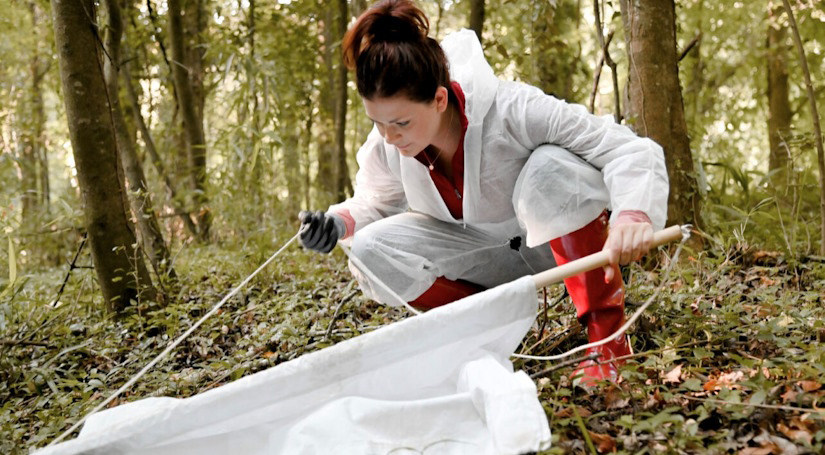April 8, 2024 | Erin Bluvas, bluvase@sc.edu
Biostatistics assistant professor Stella Self has been awarded $3.7 million from the National Institute of Allergy and Infectious Diseases. She will collaborate with colleagues from multiple institutions* on a five-year R01 project that, over time, will save many more millions in the cost of surveillance efforts to track vector-borne diseases.
“Monitoring the geographic spread of infected vectors, such as mosquitos, ticks, fleas and flies, is a costly process that typically involves collecting these organisms in the field and then testing them for the presence of various pathogens,” Self says. “These costs are often prohibitive to financially-strained public health labs and local municipalities, thus leaving the geographic distribution of many vector-borne diseases poorly understood – particularly for emerging diseases and those with expanding geographical ranges.”
Self and her team will develop new statistical methods that will not only reduce costs but also improve the accuracy of estimates of infection prevalence. They plan to employ multiple surveillance strategies, including active ones based on pool-testing techniques (i.e., multiple vectors are combined to form a pooled specimen which is then tested for infection rather than testing them one-by-one) that are analyzed using a novel suite of spatial and spatio-temporal regression models.
Passive approaches will rely on existing information and data collected through this project to develop forecasts of vector activity levels that factor in climate, weather patterns and other key environmental factors that can be updated in real time. They will validate these surveillance strategies by collecting and testing ticks for spotted fever group Rickettsia in South Carolina and the Midwest.
“Firmly understanding the spatial distribution of vectors infected with various pathogens is critical for health care providers who are using potential exposure to guide diagnostic and treatment decisions,” Self says. “Our hope is that this project will transform the paradigm of vector-borne disease surveillance by reducing costs, improving accuracy and quantifying risk in real time.”
*Collaborators include Melissa Nolan (Epidemiology, University of South Carolina), Christopher McMahan (Mathematical and Statistics Sciences, Clemson University) and Brian Herrin (Parasitology, Kansas State University).

